Türkiye on Tuesday will mark the 65th anniversary of the May 27 coup that overthrew the country’s first democratically elected government. The Junta’s leaders are long forgotten, although Türkiye would see more coups in the coming decades. Yet, the names of the coup’s victims are enshrined in the collective memory. Democracy and Freedom Island, one of the Prince’s Islands off the coast of Istanbul, serves as a testament to the trials and tribulations of those victims, particularly Prime Minister Adnan Menderes.
Menderes, Foreign Minister Fatin Rüştü Zorlu and Finance Minister Hasan Polatkan were tried there by a court of the military junta that ruled for their execution by hanging.
The island took its current name in 2013, seven years before President Recep Tayyip Erdoğan, who counts Menderes among his political idols, formally inaugurated a complex there that contains monuments and museums offering an insight into the notorious Yassıada trials. Menderes and other members of his government attended hearings for 19 trials immediately after the 1960 coup.
The island hosts 17 structures, including a sports hall that was converted into a courtroom for the junta’s victims decades ago. Inside, visitors get a glimpse of the tragic past through a refurbished courtroom, complete with a reenactment of trials. In another museum, visitors can read summaries of lengthy files of charges against defendants and watch a short film about what transpired on the island during the trials. Another museum named after Adnan Menderes details the life of the prime minister and the gloomy conditions in which he was imprisoned. A part of the museum is devoted to a model of the prison room of the prime minister, complete with a boarded window, a simple bed and an open toilet. The museum’s wall is adorned with the immortal election slogan of Menderes’ Democrat Party (DP): “Enough! It Is the People’s Turn to Speak.” In another corner, a replica of the plane involved in a crash that Menderes survived in London in 1959 is placed. An exhibition contains suitcases representing the 592 lawmakers tried by the junta, who were allowed to tuck in their possessions hastily before they were taken to the island. A monument on the island is dedicated to “undelivered letters” to politicians tried by the junta, symbolizing their isolation.
Saime Sönmez, a visitor arriving from the western city of Yalova, said her father used to recount to them about the days of the trials. “It made me emotional to see what my father told me,” she told Anadolu Agency (AA) on Monday. Uğur Bekir Dilek, another visitor, said they witnessed how painful the coup was. “We hope there won’t be any more coups and we will live in a free country,” he said.
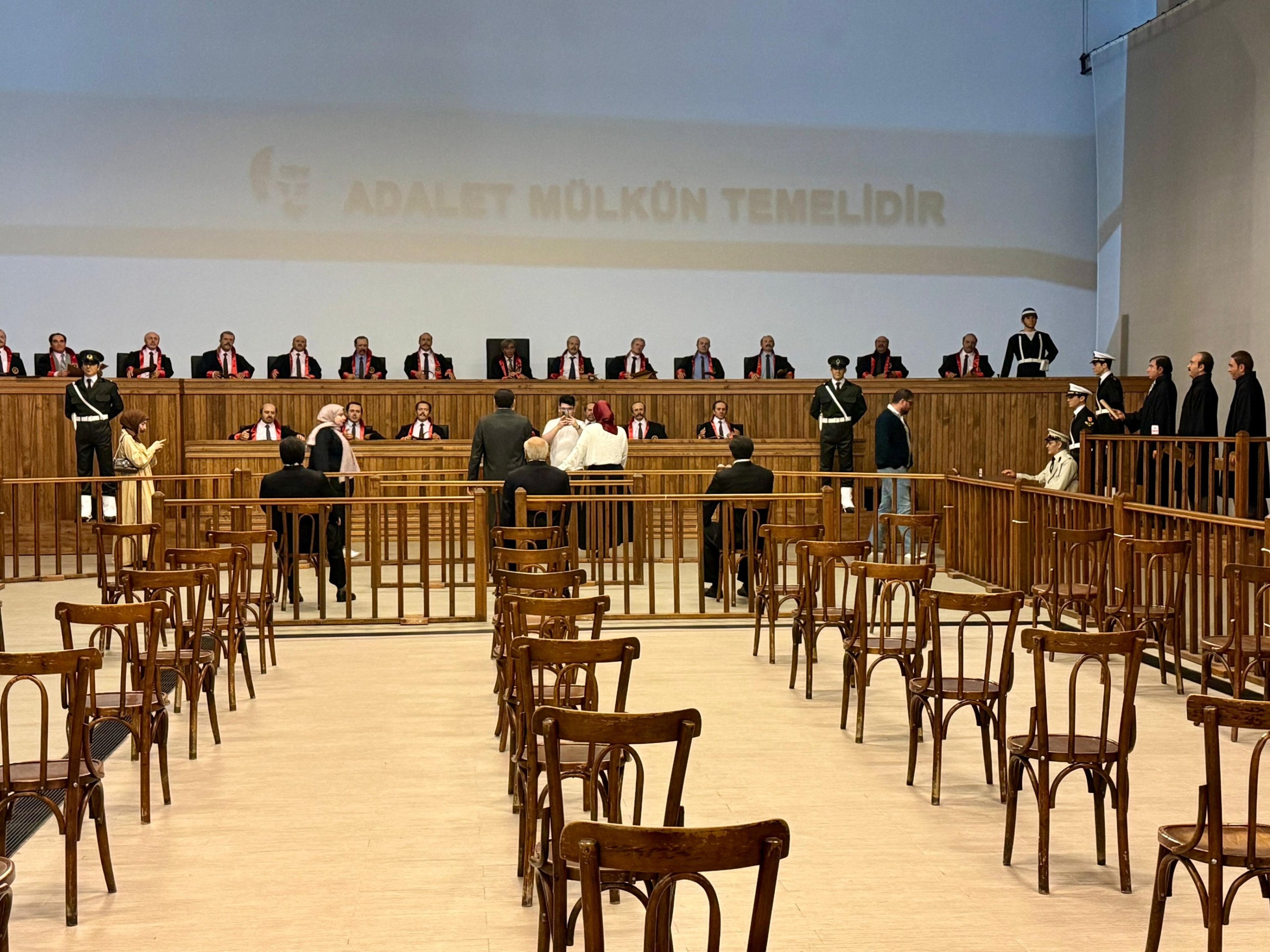
The coup drastically ended an era that started with Türkiye’s first truly democratic elections in 1950. Since then, democracy has remained vulnerable to “interventions” by the military, sometimes acting alone, sometimes with powers desperate to oust the governments they disliked. Its architects went unpunished for decades, and when a government that could punish them came to power, all were already deceased. The hanging deaths of Menderes, Zorlu and Polatkan also inspired the 1980 military junta to find a solution to the political turmoil in the country by “hanging people, one from the left, one from the right,” as its leader put it.
But more significantly, it showed malicious minds that a democratically elected government could be eliminated with a careful orchestration of a coup aided by the media and other players in the corridors of power.
The coup’s target was the DP of Menderes, who won the first elections held four years after Türkiye formally switched to a multiparty system. Ironically, it was Menderes who paved the way for the “retirement” of top military brass in 1950 amid reports of a prepared coup.
As the DP boosted its popularity against its main rival, the Republican People’s Party (CHP), political tensions flared, especially after the party’s second electoral victory in 1954. An impending economic crisis, an internal conflict within the DP, and reports of senior officers of the army displeased with the government’s policies further exacerbated the situation for the party. In 1955, the first social “crisis” emerged in the form of riots in the cities of Ankara, Istanbul and Izmir. The infamous “Sept. 6-7 incidents” led to mass lootings of properties of minorities in those cities by mobs angered by rumors of attacks targeting the Turkish Consulate and the former home of the republic’s founder, Mustafa Kemal Atatürk.
In the meantime, Menderes found out about another coup attempt, which was foiled when a major tipped off the government.
The Menderes government was still popular when Ismet Inönü, the second president of the country and head of the CHP, launched a nationwide campaign dubbed the “Great Offensive” (as in the campaign of Turkish forces in the War of Independence, where Inönü played a significant role). Inönü faced protests in his first stopover, the province of Uşak, where a stone thrown by a protester hit him. An angry mob also assaulted his motorcade as he was returning to Istanbul. The incident was a sign of a deepening social divide, only worsened by a string of demonstrations by university students opposing the government policies, including the establishment of a new inquest committee viewed as a way to suppress any dissent. The killing of a demonstrating student, Turan Emeksiz, in Istanbul in April 1960 escalated the tensions and paved the way for the declaration of martial law in Istanbul and Ankara. However, more demonstrations against the government followed, including one where Menderes personally tried to calm down the protesters.
A “silent parade” by a group of military cadets in the capital, Ankara, to protest the government on May 21, 1960, was a harbinger of the coup d’etat, as reports of top military brass’ displeasure with the government were almost an open secret by then. Six days later, a group of generals and military officers calling themselves the National Unity Committee announced that they had seized power, claiming the DP was driving Türkiye to a regime of oppression. The committee practically suspended democracy by annulling the Constitution and Parliament and suspending any political activity. President Celal Bayar, Menderes, ministers and several lawmakers were among those detained by the junta. After a trial that lasted for about one year, 15 prominent figures were sentenced to death. Except for Menderes, Polatkan and Zorlu, all were pardoned or had their sentences commuted to prison terms. On Sept. 17, 1961, the three men were hanged on Imralı Island in the Marmara Sea.
It took decades before Menderes, Zorlu and Polatkan had their names cleared of charges and their graves were moved to a cemetery in central Istanbul from the island in 1990. Since then, commemoration ceremonies have been held annually for the victims of the first coup.
The coup encouraged future military interventions in 1971, 1980 and 1997, as the military, the self-proclaimed defender of the republic, intervened in the country’s governance at times when it saw it necessary, especially when the country’s broadly interpreted secularism and public safety were considered to be in danger.
The 1971, 1980 and 1997 coups respected the internal military hierarchy, headed by the chief of the general staff. The only military coup that failed was the one instigated by the Gülenist Terror Group (FETÖ) on July 15, 2016. FETÖ’s military infiltrators tried to seize power but faced unprecedented public resistance when President Tayyip Erdoğan called upon the public to “protect democracy.”
The 2016 coup attempt was also the first time that courts managed to punish its perpetrators properly. Many involved in the coup attempt were sentenced to life. As for past coups, the instigators of the 1980 coup died of old age briefly after a landmark sentence, while those accused of perpetrating the 1997 coup were pardoned by Erdoğan recently due to illnesses related to old age shortly after their conviction and subsequent incarceration.

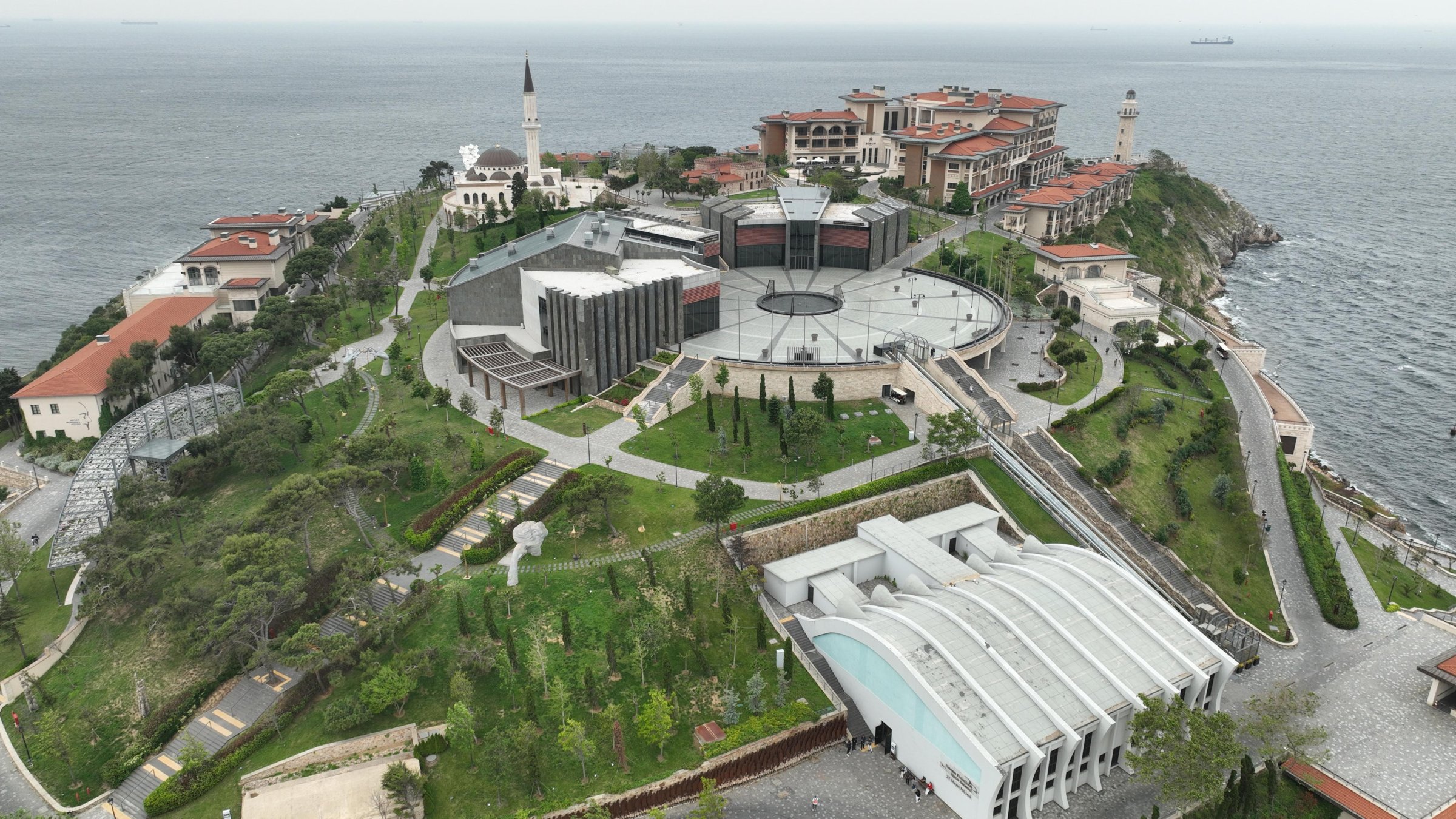
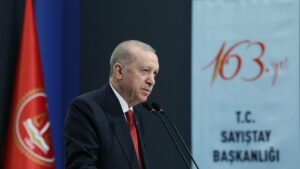

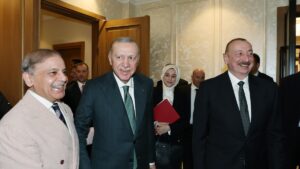

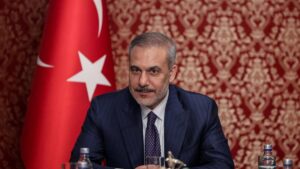
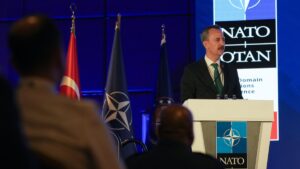
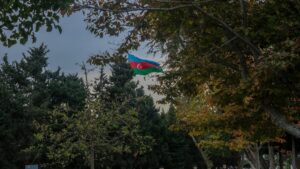
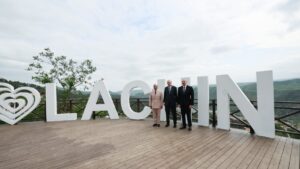


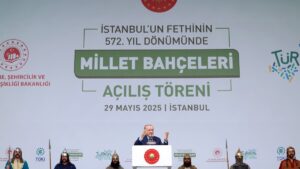
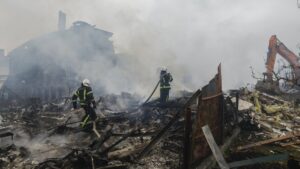
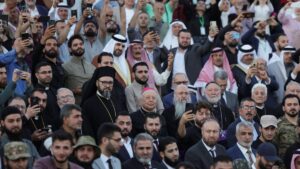
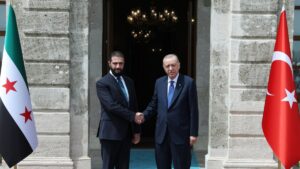

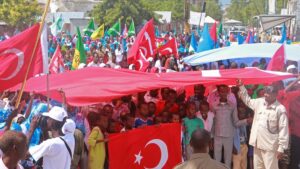

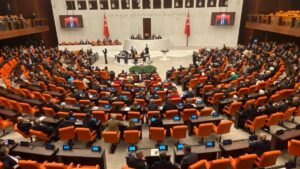
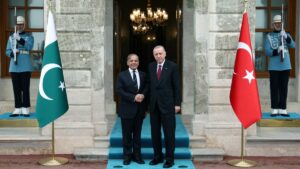
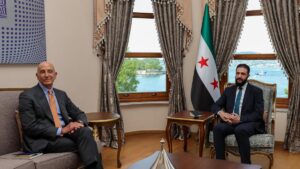
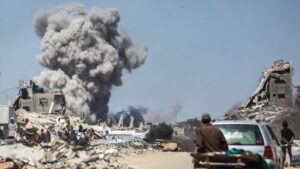
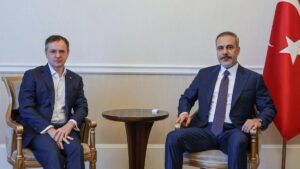
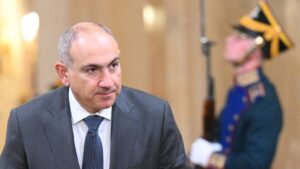

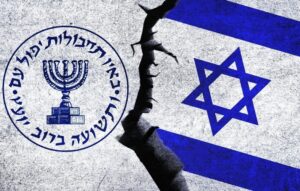
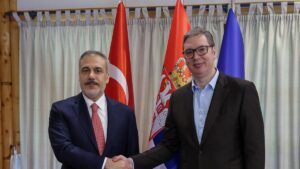

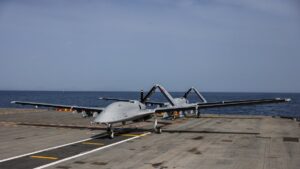

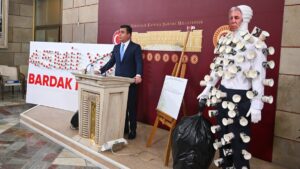


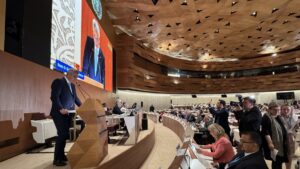
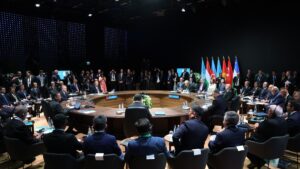
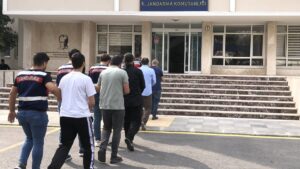
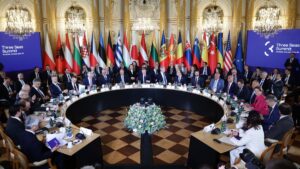

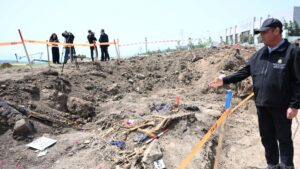
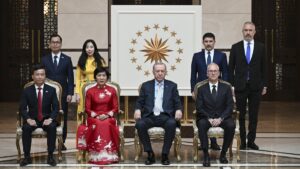
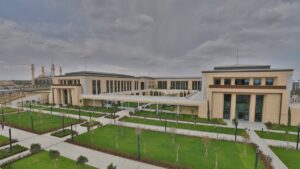


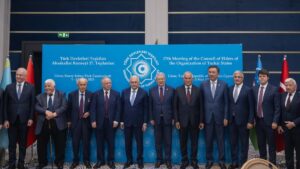
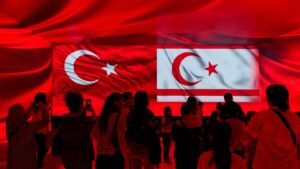

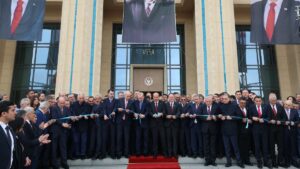
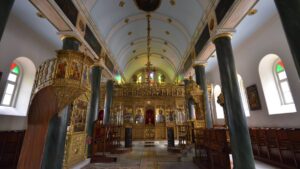
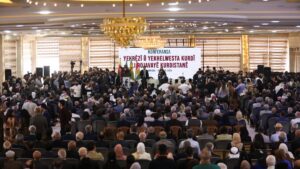
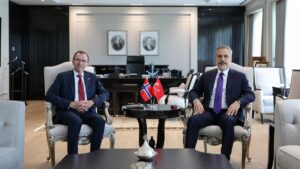
Be First to Comment